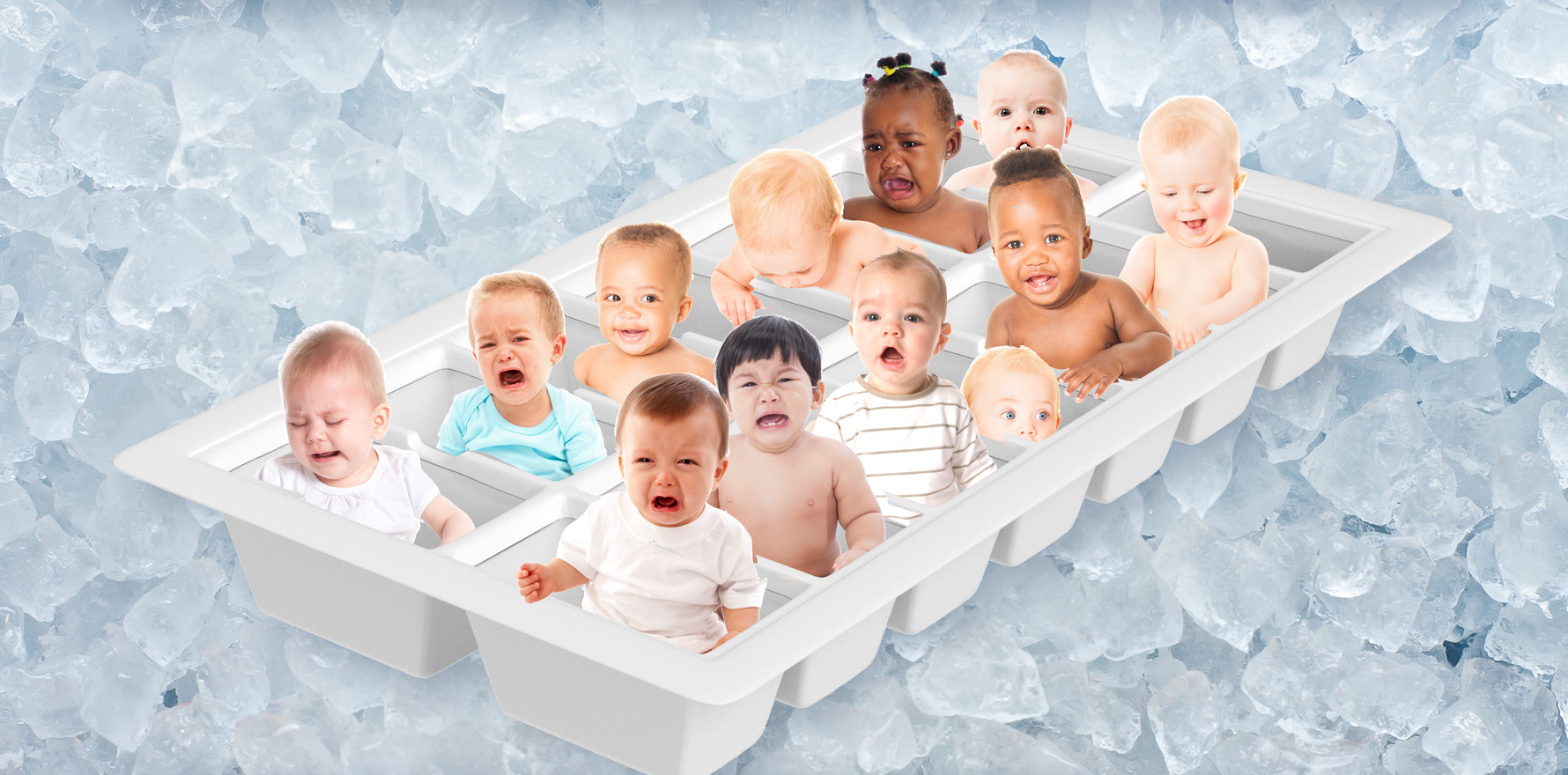Multiple births is still a greater risk factor, a massive study has found.
A huge population study has found a significantly higher rate of congenital heart defects in babies born using assisted reproductive technologies, though the absolute risk remains low.
The study, published in European Heart Journal, used births registry data from Denmark, Norway, Sweden and Finland from the mid-1980s to the mid-2010s, capturing more than 7.5 million live births, 172,000 of them conceived through ART.
Major congenital heart defects (CHD) were diagnosed by one year of age in 1.84% of the children conceived through ART and in 1.15% of those conceived spontaneously.
This equated to a 36% higher risk after adjusting for factors including maternal age, parity, maternal smoking, maternal diabetes, and maternal CHD.
When they analysed covariates separately, the strongest associations were seen for maternal pre-gestational diabetes and maternal CHD.
Multiple pregnancies remain a greater independent risk factor for congenital defects: for births after ART and spontaneous conception the absolute risks of CHD were 2.47% and 2.41% respectively, while for singletons they were 1.62% and 1.11%.
There was a 30% greater risk of “severe” CHD (less severe than major) for ART babies overall and for singletons than for those conceived spontaneously, though not for multiple births.
Children conceived with intracytoplasmic sperm injection showed no increased risk compared with children conceived with IVF, and no significant difference was found between fresh and frozen/thawed embryo transfer.
The authors say the increased rate of birth defects could partly be explained by parental subfertility, citing an Australian study from last year.
They also cite a 2020 study that found multiple pregnancies accounted for 87% of the increased risk of congenital heart defects from ART.
The CoNARTaS study was set up in 2008 to evaluate short and long-term health consequences of ART for mothers and children in those four Nordic countries.
Dr Frank Quinn, medical director of IVFAustralia, told The Medical Republic prospective patients should not be alarmed by the findings.
“The CoNARTaS study found the highest rates of congenital heart defects were observed in children born from multiple pregnancies, for example, twins or triplets,” he said. “Australia has one of the world’s lowest rates of multiple birth babies and continues to be one of the safest countries for IVF treatment.
“Although large, the study has its limitations. Women and couples who have infertility and undergo IVF are more likely to have chromosome issues, endometriosis, PCOS, auto-immune diseases and insulin resistance. It could be that these underlying factors that are predisposing them to an increased risk of congenital heart defects and not the IVF process per se.
“In addition, there are other variables that haven’t been accounted for in the study which may influence the relationship between an increased association between children born after ART and a higher risk of congenital heart defects (CHDs).
“As a result, we do not believe the study’s findings should alarm patients undergoing ART or IVF.”
Related
Endocrinologist Professor Bernard Tuch, former chairman of the NSW Stem Cell Network, said the increased risk of congenital cardiac abnormalities was already well documented.
He told the Australian Science Media Centre the absolute risk was low and higher if there were multiple pregnancies, “a practice not encouraged in Australia”.
In an editorial accompanying the study, Dr Nathalie Auger from University of Montreal Hospital Research Centre in Canada and colleagues wrote that ART procedures now accounted for 2% to 8% of births depending on the country.
“While most neonates born after assisted reproductive technology are healthy, these procedures are not without risks,” they said.
“Patients who use assisted reproductive technology tend to differ from the general population. These patients may have underlying morbidities that affect both fertility and the risk of heart defects.”





